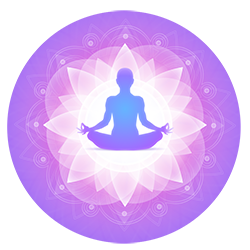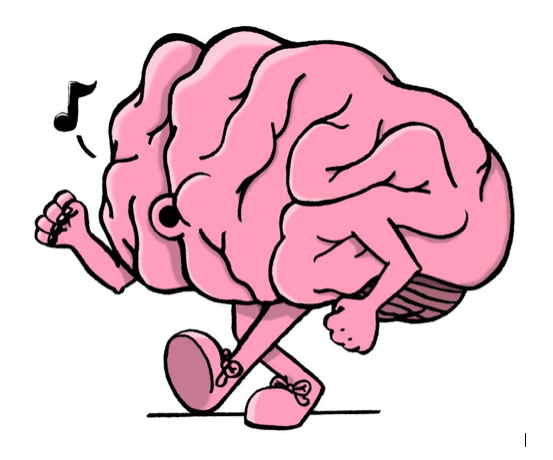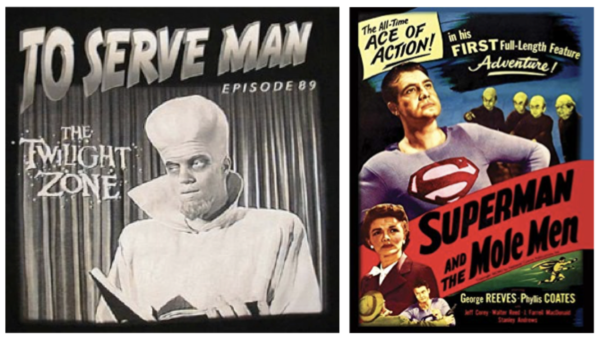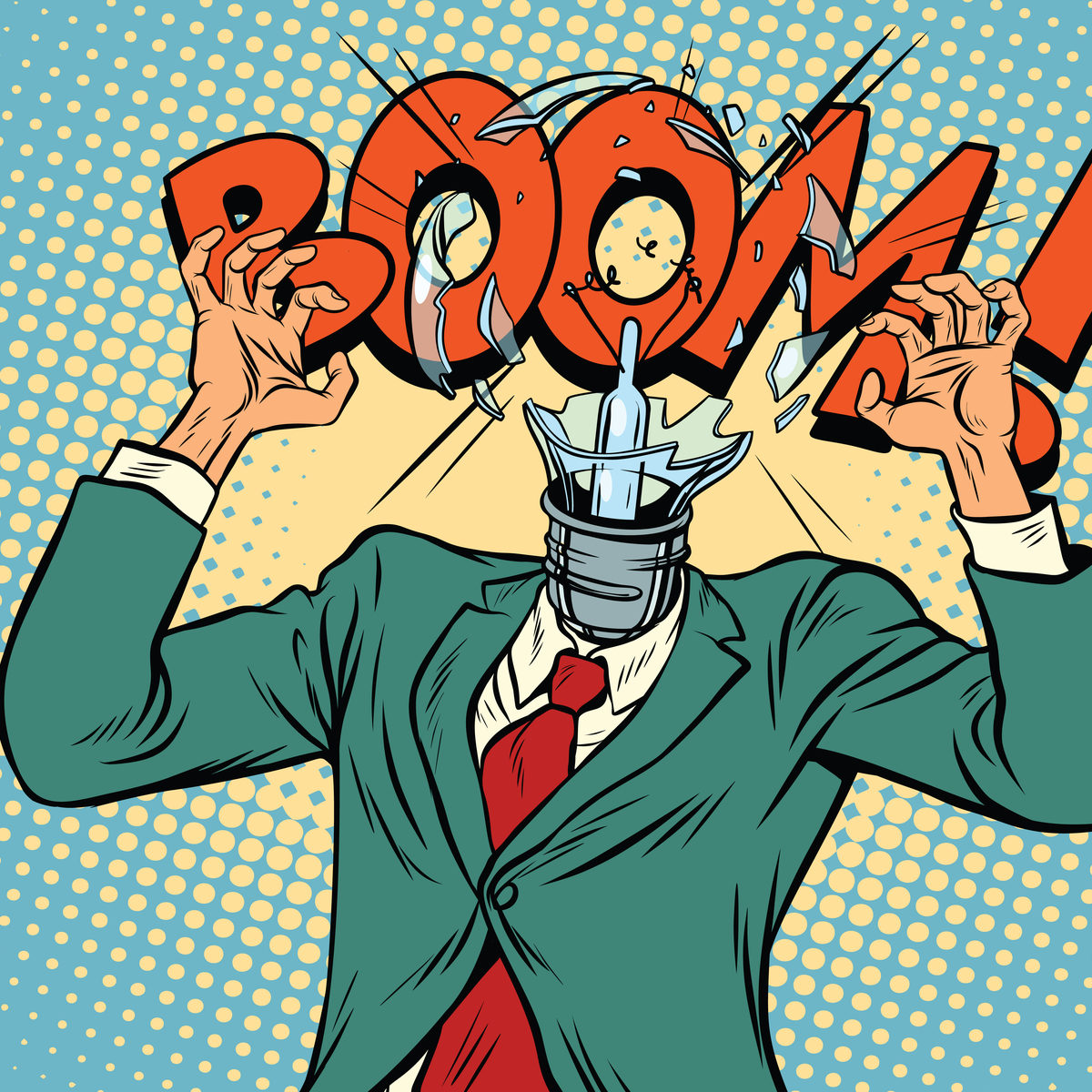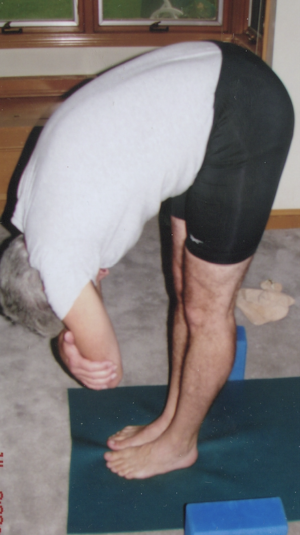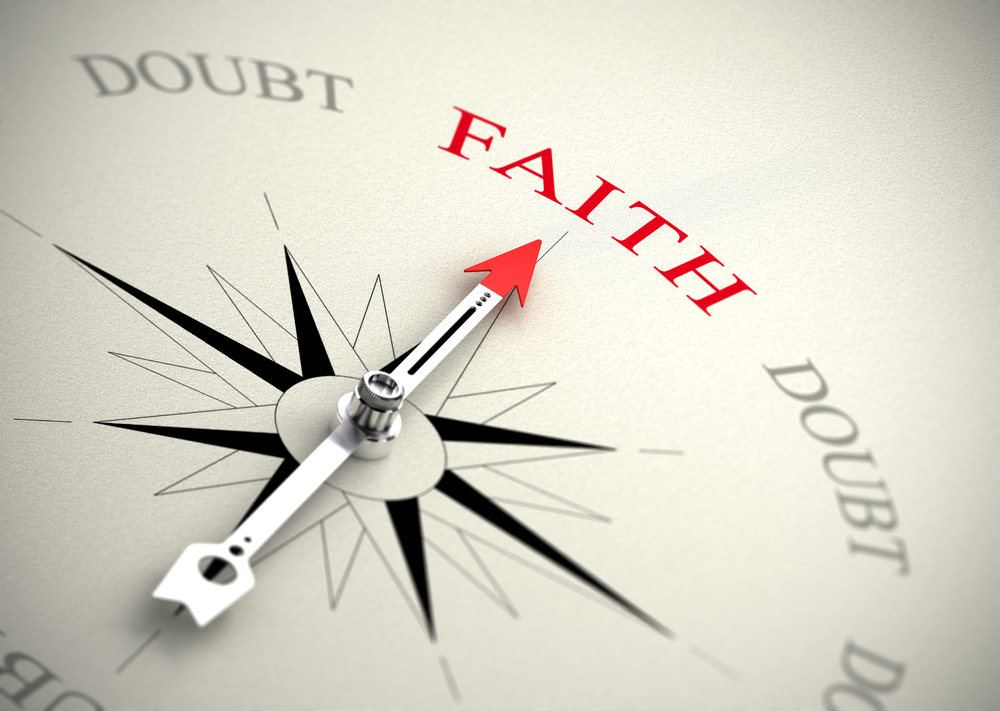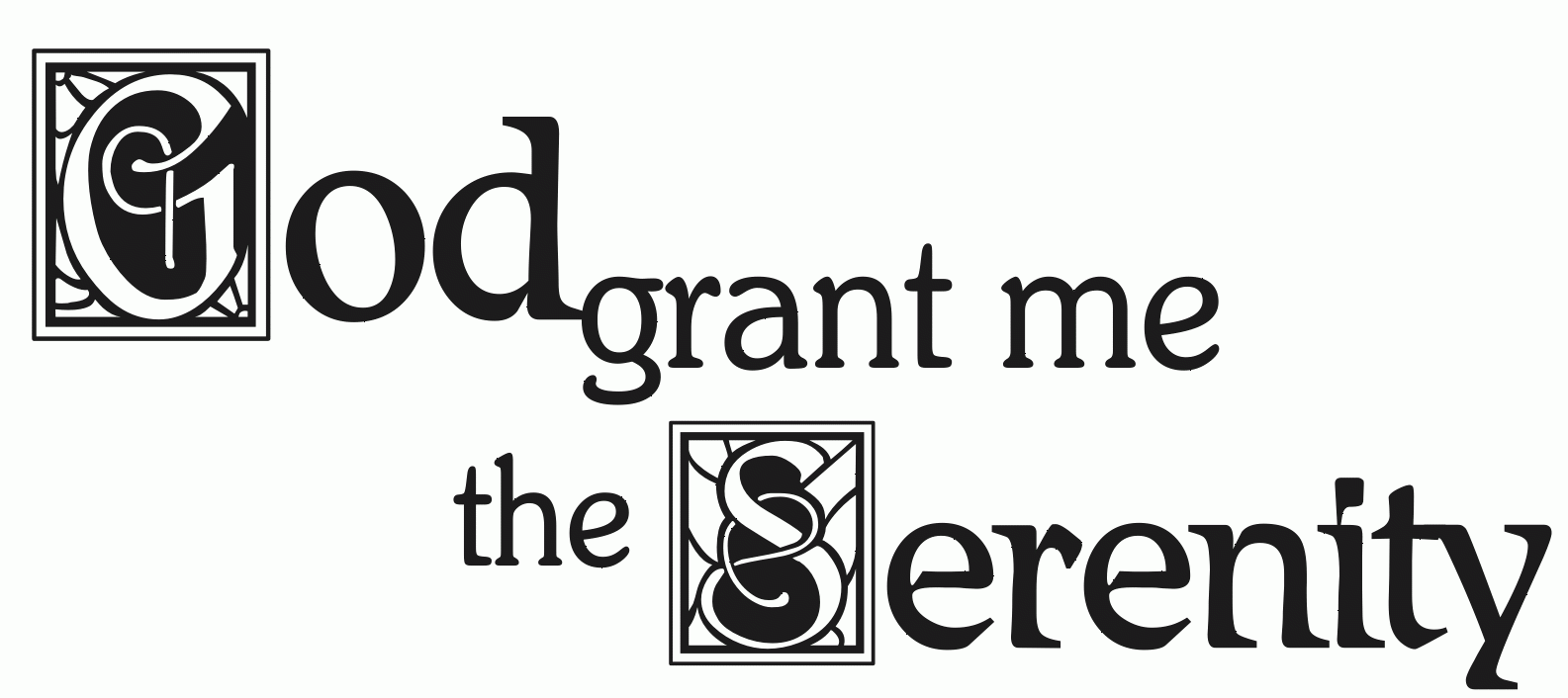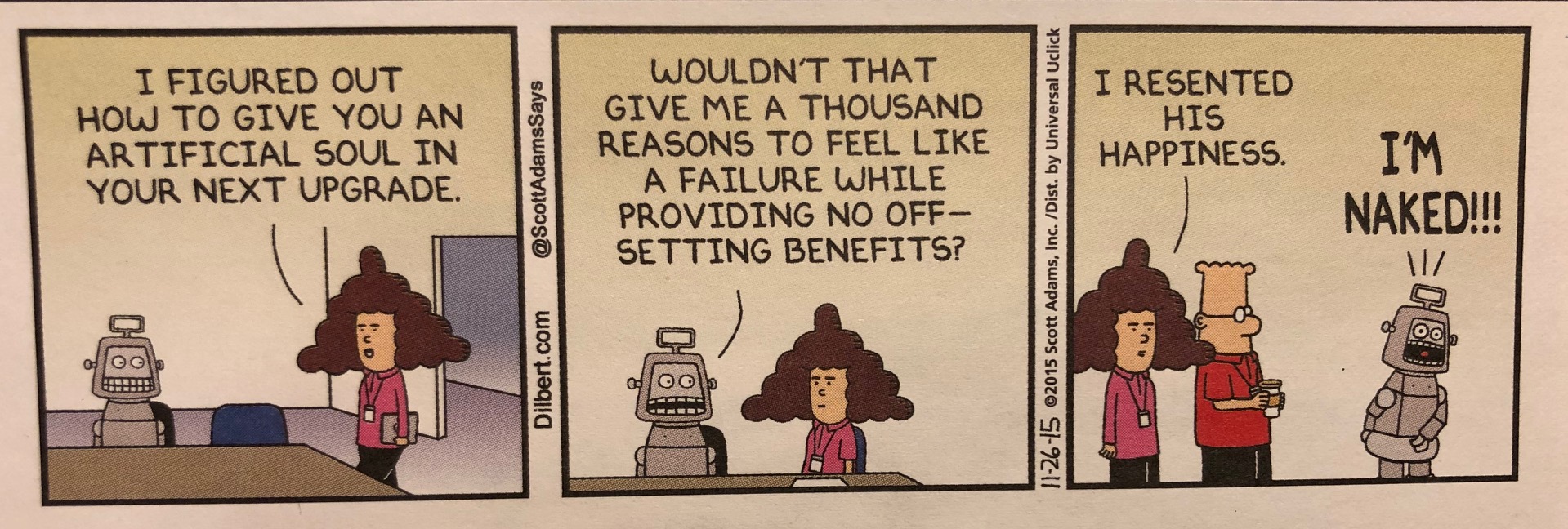I’m enthusiastic about drug prevention because I’ve been an addict my entire adult life.
Personal discipline is what keeps me alive.
Here’s a rebel proposal: maybe it’s time to raise the level of our national (global?) consciousness – for everyone’s sake.
Spirituality vs. Religion
There’s a difference between spirituality (the science of self-discovery) and religion.
Religion tends to be cultural and naturally divisive to the extent different groups of people hold different views of an external divinity.
Spirituality is universally applicable yet individually practiced; it’s a deeply personal, internal quest for true self-acceptance and bliss.
Getting the message out
Like Rotary with its broad, flexible local footprint, our national school system is ideally positioned to efficiently get the word out. Perhaps some version of the notes below could be included in school curriculums nationally.
How and by whom the information is communicated isn’t important. The important part is constant practice – which both requires and fosters personal discipline.
There’s no prohibition on government support of Yoga, QiGong and/or Tai Chi, as there is with religion. These Asian disciplines are experiential: arguing we’re not aware of our own thoughts would be pretty silly.
The Message
This is the short version of the science behind the ancient practice of meditation or mind-control. This is “Classical”, “Raja”, or “Patanjalian” yoga.
In spiritual terms, humans have the capacity to virtually experience our own essence. To do that, yogis meditate or train our minds. Obviously, there are practical physical and mental benefits achieved en route! As we’re fond of saying, “It’s about the journey.”
We’re each born with three invisible parts: our conscious mind, sub-conscious mind, and consciousness.
1. Conscious mind:
Our conscious mind is evidenced by our thoughts, including the voice in our head; thus, it’s the aspect of our mind we’re most familiar with.
Understanding how we think is critical to balancing or adjusting our thoughts.
- Unlike our sub-conscious “doing” mind that naturally multitasks; our conscious “thinking” mind can only perform one task at a time. Skeptical? Try simultaneously counting and reciting the alphabet.
- Our conscious mind thinks a perpetual stream of individual thoughts (e.g., the alphabet is a string of 26 sequential thoughts). While this aspect of our mind never stops thinking or recalling thoughts, we can pause it like putting a running car engine in neutral (i.e., to de-stress it)!
- There are three types of original thought: correct, incorrect, and imaginary (i.e., we see something as it is, we see but misinterpret it, or we make it up).
- There are five things that affect our thoughts. The most significant in terms of de-stressing is not realizing the distinction between our conscious mind and consciousness. Once the nature of the latter dawns, SO many then-seemingly irrelevant thoughts, fears, and desires fade away.
- The other four things that directly affect our thoughts are ego, attachments, aversions, and fears.
2. Sub-conscious mind:
Our sub-conscious mind is evidenced by the things our body does without conscious input: primarily sense perception and physical movement. Anything an alligator can do, this aspect of our mind can orchestrate flawlessly – as long as our conscious mind doesn’t get in the way!
Our sub-conscious mind is task-oriented, trainable, and habitual. It “runs the ship”, and it’s where our memories are stored (“below decks”).
3. Consciousness:
Consciousness is the awareness OF what we’re thinking. The awareness OF our thoughts is as distinct from those thoughts, as our toes are from toothpaste. [If you’re holding a hammer, you’re not the hammer!]
Consciousness is a very real (yet entirely immutable and intangible) aspect of each of us. What we’re aware of changes constantly, but our awareness OF those constantly changing mental images remains static: it’s essentially eternal.
Balancing body, mind and energy
Ancient Asian disciplines like India’s yoga (where the above science comes from) and China’s medical qigong, and tai chi are personal practices which develop the body and mind in harmony with our energetic, temporal nature and universe – while recognizing and honoring our immutable, intangible essence.
Traditional Chinese martial disciplines (including qigong and tai chi) were developed and used to sustain the health and readiness of battle-weary field troops. How wonderfully ironic it would be if the same practices were used to prepare for peace rather than war thousands of years later! 😉
Spirituality
With steady practice over an extended period, the nature of one’s own consciousness dawns – fostering faith in the existence of God.
While faith doesn’t change us psychologically or physiologically, it emboldens us, providing strength, tenacity, and determination – arguably, prerequisites for success in any endeavor.
May you find something herein helpful in the battle against abusive, destructive, addictive behaviors, including drug addiction.
God bless, Allan Skip Dowds

